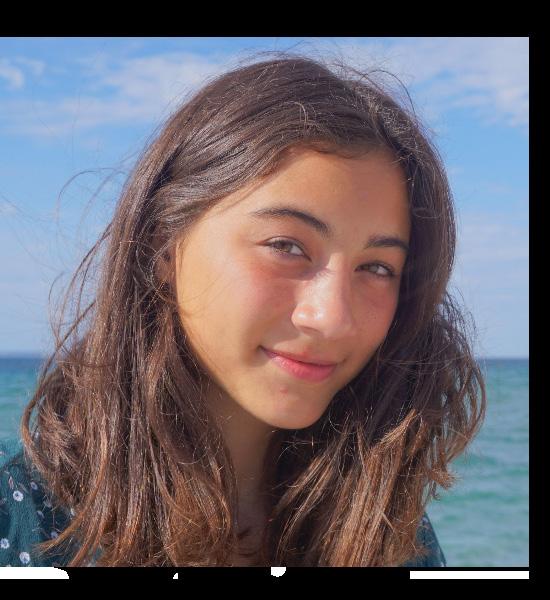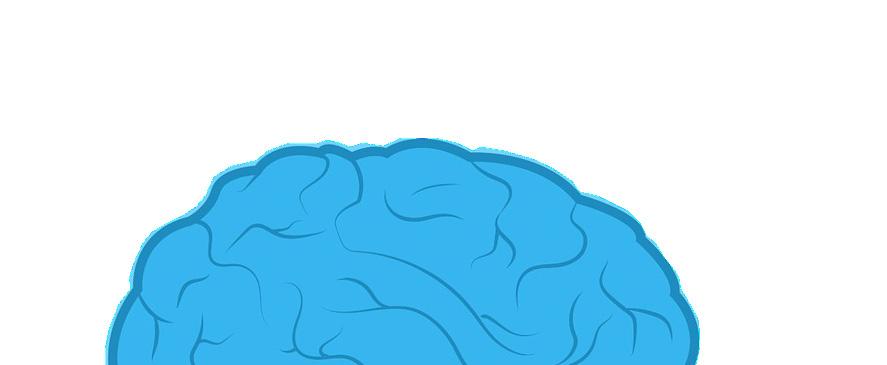
13 minute read
Opinion
The Young Scientist
Why critical thinking is more important now than ever
Advertisement
ERIC HENG COLUMNIST
Generating over a billion hits on Google alone, critical thinking has become a buzzword in the fields of academia, business and the job market. Businesses want to see it in their workers. Teachers want to instill it in their students. But at the same time, if you ask anyone what critical thinking is, most would hesitate to give a concrete answer. So what is critical thinking really? To find out, I talked to Dr. Anna Edmonds, the instructor of the University of Michigan’s undergraduate Critical Reasoning class, to understand why it is so critical to think critically. Edmonds described critical thinking as “best heard as just thinking well.” At first, this seems like a vague answer to an already hard question. After all, who wouldn’t want to think well? However, in reality, this speaks to the broad functionalities of thinking critically. Thinking critically is extremely hard, which involves taking the information we already know, and constantly refining and updating that knowledge to acquire a set of information that is most likely to be correct. This requires especial-
The value and importance of critical thinking in the job market is
rising. ORIG-
INAL PHOTO COURTESY OF MOHAMED HASSAN ly paying attention to the beliefs we already have and being ready to challenge them if enough information contradicts it. Why is critical thinking important? The truth is, though we might like to think humans are rational creatures, in the end, they are not. In fact, Edmonds points out that, “much of the time, we arrive at conclusions that make us feel better.” This mental shortcut, known in philosophy as a heuristic, is often employed in daily life, because it is more convenient and less time-consuming. This can often lead to quick-fire judgements that are not necessarily accurate. Edmonds explains this through Nobel Laureate Daniel Kahneman’s theory about the brain’s two modes of thought: system one and system two. “System one processes are evolutionarily, much older and we share that with some of our mammalian ancestors,” Emonds said. “System two is associated with much more careful reading reasoning kinds of outputs that are a lot more time and resource intensive.”
System one is involved in many of the heuristics I described. Unfortunately, since system one is very much dependent on your scope of knowledge, it can very quickly fall trap to logical fallacies due to ingrained bias. Meanwhile, employing system two allows the inspection of each fact before we believe in it. This can filter out misleading or blatantly false information. This is succinctly put in Kahneman’s book describing these two systems “Thinking, Fast and Slow.”
Of course, just knowing how to do something is an entirely different battle from implementing a way of thinking. How do we keep our minds in a system two oriented manner? In an interview with NPR’s Hidden Mind Podcast, Kanheman himself said this, “Delay intuition. Don’t give it up unnecessarily - delay it. And the results are just better when you do things that way.” Realizing that your intuition, or the quickfire decisions of system one, are fallible, and therefore, consciously shift your mind to system two. This is how you think critically. Just learning critical thinking however, is just half the battle. Critical learning
is an even harder skill to teach, because instead of teaching a set of facts, you have to teach a new mindset. According to Edmonds, “Becoming better reasoners is actually forming the habits that make us want to do better. I’m understanding the kinds of mental attitudes that we have, where we actually come to develop a goal of being accurate.” Thus, to practice critical thinking on a “ The truth is, though we daily scale, one must not only be willing to learn new information but might like to think of hu- challenge one’s mans as rational creatures, own beliefs. in the end, they are not.” Why is critical thinking important now? The explosion of access to information in the 21st century has changed how we get our information, and platforms such as social media have connected people like never before. In the current social climate, where conspiracy theorists run rampant, from flat-earthers to COVID-19 denialists, critical thinking can be an important tool to evaluate novel information. Dr. Edmonds says that this involves an important shift in mindset: “Somebody who indicates that they’re listening carefully tries to track the thing that we’re disagreeing about to figure out in a positive, cooperative way what reasons we have to think about what you know is true.” The ability to approach every argument like a learning experience instead of a battleground also has the added benefit of making different perspectives more accessible, also key to challenging one’s beliefs and biases. Kahneman also explains how some ideas, such as global warming, can have so much evidence supporting it, yet continue to have large portions of the population ignore that evidence. In the same interview, he states, “If you were to design a problem that the mind is not equipped to deal with, climate change would fit the bill. It’s distance. It’s abstract. It’s contested. And it doesn’t take much. If it’s contested, it’s 50-50 for many people immediately.” The abstraction of climate change makes it unintuitive for many people to follow and believe. When most people present a judgement, they forgo a rational line of thinking, defaulting to system one. The increasing importance of critical thinking in the job market is also of note. In the World Economic Forum’s newest 2020 jobs report, employers cited critical thinking as the most important skill in the modern workplace. In our high school education, almost everything we learn is with near 100 percent certainty, which gives us an illusion that critical thinking is not needed. Edmonds argues for more earlier teaching of critical thinking. As high school students, teachers and parents fostering critical thinking should be a top priority, whether for academics, work or simply navi- gating life in a more objective, well-in- formed manner.
When the pandemic goes, mask culture should not go with it
Staff Editorial: Masks are effective and important, even beyond a pandemic
Before vaccines, we had two relatively primitive ways to personally avoid COVID-19 and stop the spread of the disease: social distancing and wearing masks. Social distancing is not going to stay; in fact, it was pretty unpopular when it was required. Masks will still have a benefit long after the pandemic stops ruling our lives. First off, masks, unlike vaccines, are not specific to COVID-19.
67 percent of students think that mask culture should continue according to a Huron Emery Instagram poll with 215
responses. GRAPHIC BY VISH GONDESI In fact, they can prevent any disease spread through droplets, which means there is a much lower chance of seemingly everyone you know catching the common cold at the same time each year.
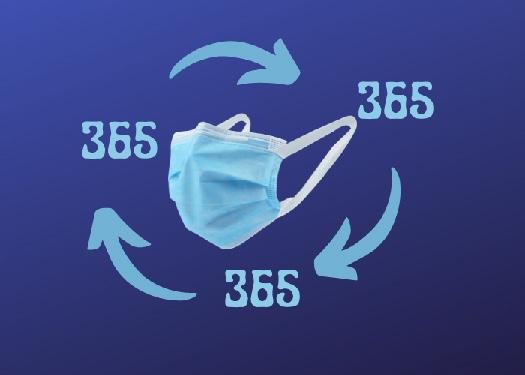
Sure, anti-mask sentiment is rampant in the U.S., even during the pandemic. But masks have always been popular — and even fashionable — in places like Japan, South Korea and Hong Kong. They protect faces from cold or dry air, and there’s something to be said for the social comfort of having half of one’s face covered. Masks can certainly be inconvenient sometimes. You can’t eat or drink with them (though we’re sure most of us have accidentally tried) and your speech is often muffled to the point of annoyance. They also could be a security risk when it’s important to see your face for identification. But on crowded public transport, in hospitals and when visiting the elderly or immunocompromised, wearing a mask is the best way to spare yourself and the people around you from, if not COVID-19, a week of Kleenexes and misery.
No one is forcing you to wear a mask at all times after you’re vaccinated. But maybe save a little awareness and compassion for after the pandemic passes. America’s public health movements are few and far between, but if we keep up the habits that save lives, we can be more prepared for another crisis.
The Huron Emery’s seniors say goodbye
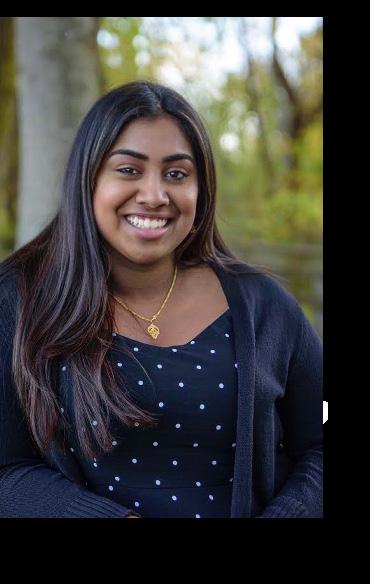
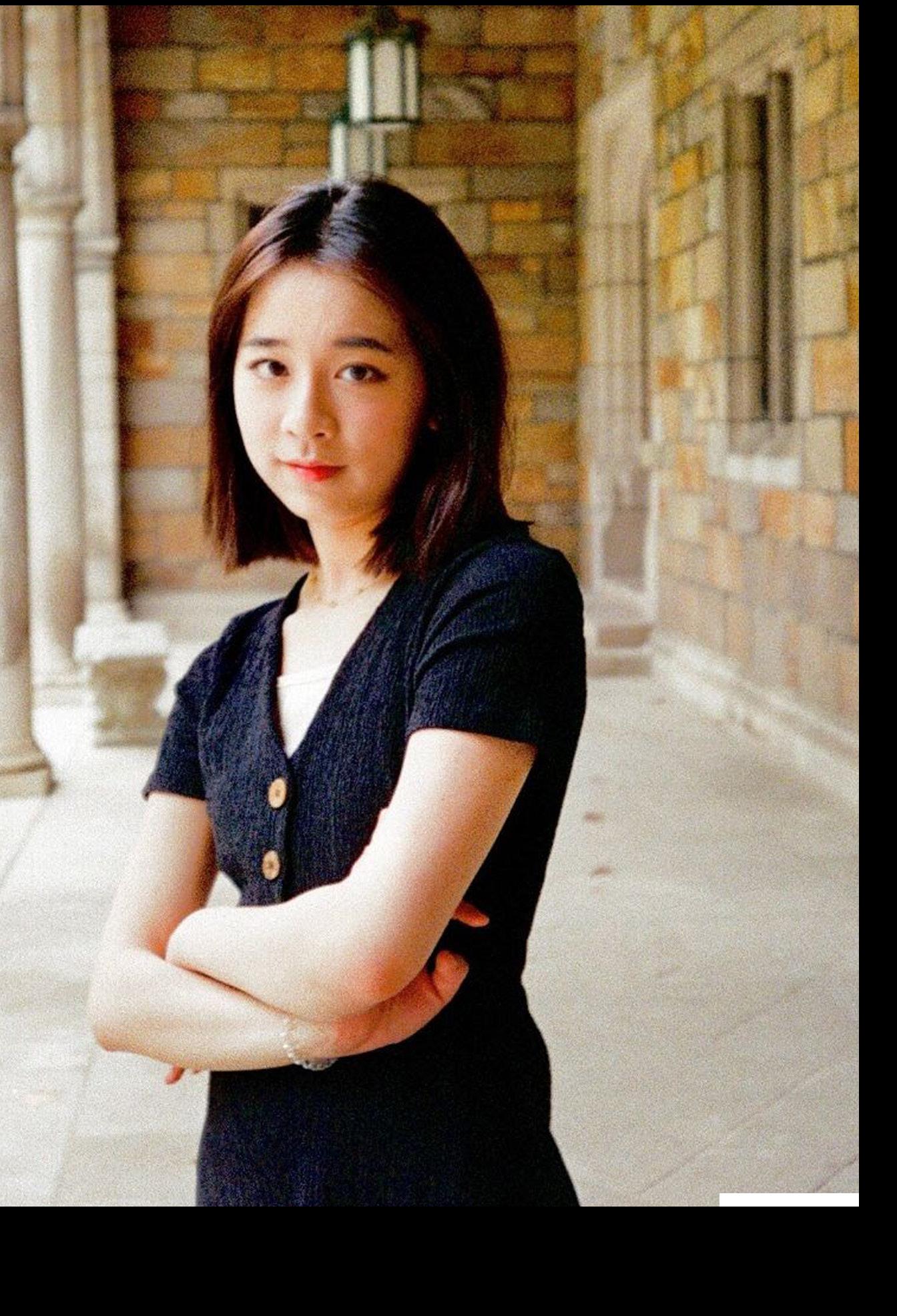
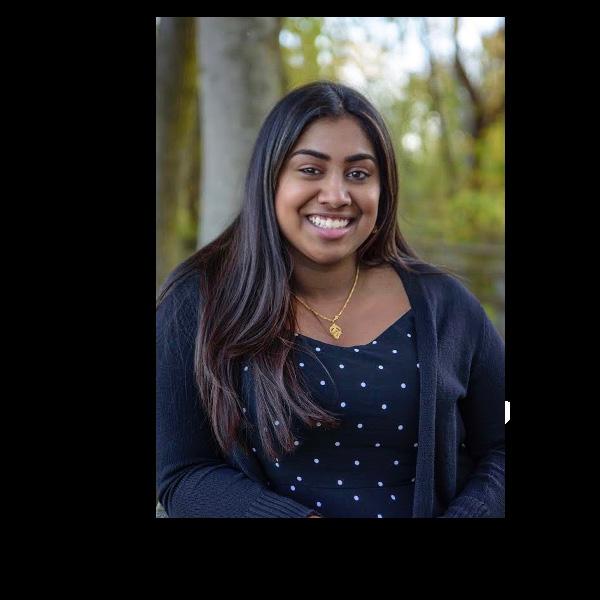
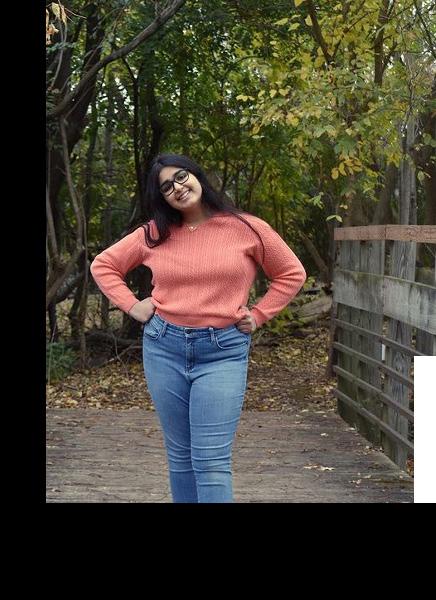
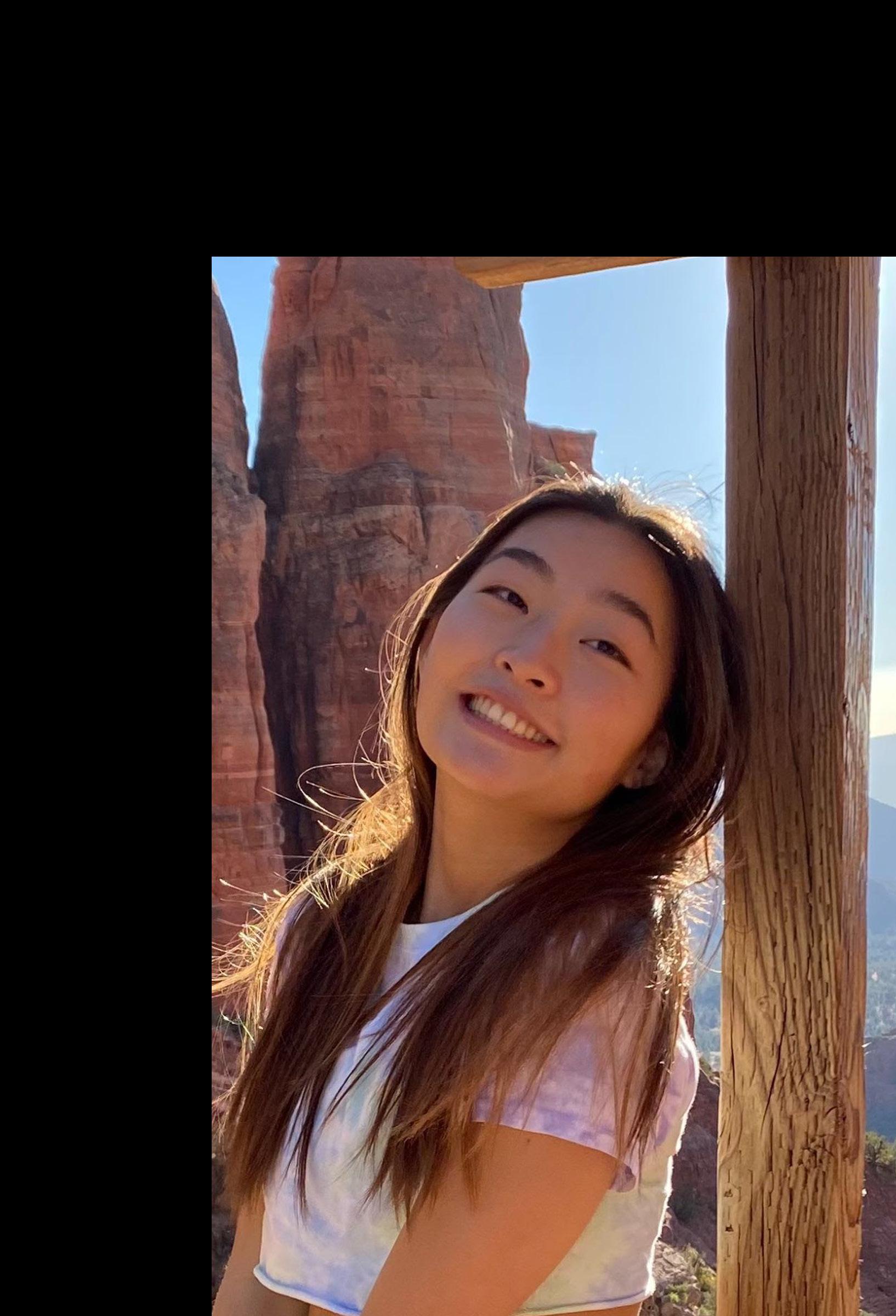
Mishal Charania- Managing Editor
When I think of my time working on the newspaper I imagine a painting. I have quite a bit of bright yellow and orange, to represent the laughter and happiness I found in room 4203. So much purple, as my writing style, attitude and personality have all shifted and reformed. And of course, deep reds and blues, when I felt stings of disappointment or self doubt.
While navigating through these different feelings, there was one thing for certain: I am who I am because of my time working for the newspaper, and I am eternally grateful to be given this opportunity. Shortly after I joined The Emery, I started thinking about everything in terms of a story. Not only did I consider the anecdote
I would lead with, or the quote that would end my article with
“a bang” but also how I would create the connection between the subject and the reader. I hope that all of the Instagram posts, news articles and hours on Indesign have helped the people in our community connect with each other and their inner self. I hope that I can help them find the colors in their own painting, just as everyone in the newsroom helped me find mine.
Bridgit Jung- Graphic Designer
I had a great time designing for the Emery during the 2020-2021 school year. I did start during the pandemic, so my experience was a bit different than what it normally would have been, but I still enjoyed it a lot. I was amazed at how the Emery was able to consistently create high-quality work despite the pandemic. It was an honor to work with such a talented, creative and supportive team. The Emery provided a lot of opportunities that I had a fun time working on, and it was great to collaborate with others. Some of my favorite projects were designing stickers, advertisements and infographics.
Julie Park- Design Editor
My journey with The Emery began in my junior year journalism class. If I’m being completely honest, I only signed up for the class to fulfill my English credit requirements. Never would I have imagined how meaningful and impactful the newspaper class would be to my high school experience. I would like to thank Ms. Badalmente for getting me involved -- her love for journalism is contagious. My time as a staff writer and the design editor for The Emery has taught me how to work under pressure and with a deadline, push the boundaries of my creativity, and collaborate with a team and be a leader. These are skills I will carry with me for the rest of my life, even beyond journalism. Working for The Emery was especially comforting for me during the pandemic. Reaching out to people for my writing helped me feel more connected to my community, and graphic designing was always so therapeutic. I would often work on my page designs for hours in one sitting and not even realize it because of how much I love creating art. Thank you to all The Emery staff members on such a successful year and I wish you all the best of luck in the future!
The Emery pushed me to form a complicated, intimate relationship with the English language. I felt frustrated removing oxford commas throughout 1000-word articles. I felt moved when editing the work of my peers, who utilized their storytelling skills to evoke change. I feel pure joy when I finally figure out a perfect lead to an article. Yet, with the hours of writing and editing I have accumulated over the past two years, I cannot find the perfect words to say goodbye to The Emery. I never expected to be an editor-in-chief, especially amidst a global pandemic. Leading our virtual staff room often made me feel powerless. It is hard to connect with staff writers when faced with a wall of muted Zoom participants, and even more challenging to find uplifting news with the constant cancellation of events and the steady rise of COVID-19 cases. Despite these obstacles, COVID-19 has proven that student journalism is worth it. We connected and informed hundreds of students isolated in their homes this past year. For that alone, it is worth copy editing until 2 a.m., attending six hour school board meetings and dealing with Adobe Indesign crashes. The past two years have been atypical. But, the constant in my life has been The Emery. Over the summer, it gave me something to look forward to when the outside world seemed on fire.
Throughout the school year, it has kept me socially engaged with my peers. Now, it has given me a community that is so hard to leave behind. I am grateful I got to be a part of this organization at such a pivotal time of growth. And I have the utmost confidence in our future. Keep ultiziting your voice and platform for good, remember to lead with empathy and most importantly, don’t break the column!
Clara Bowman- Editor-in-Chief

I never in a million years thought I would dedicate so much of my time to my school newspaper. One second I am signing up for introductory journalism because moving schools left me with extra space in my schedule, and the next, I am an editor-in-chief of one of the most highly ranked student publications nationwide. I could go on and on about all the things being part of the Emery taught me, both journalistic and life skills, but what I have to thank the most is the community it gave me. The Emery gave me a family away from home along with a sense of purpose and belonging at the time I needed it most. For that I will always be grateful. While I will never forget the journeys my reporting chased me on, the memories I will cherish most are those that I made with my fellow staff and Ms. Badalamente in the classroom, out of town and this past year, over Zoom. I know this year has been less than ideal, but it was my pleasure to help guide us through it. We have all worked so hard these past months and it has paid off. I wish all the best to The Emery’s future members and leaders.

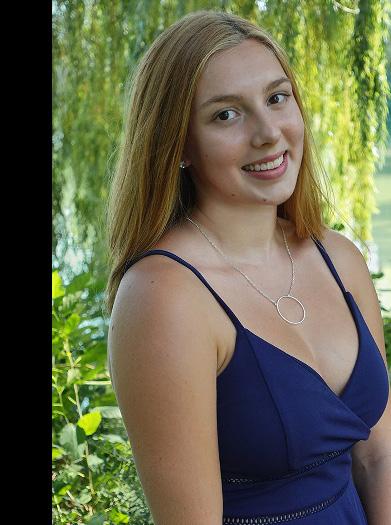
Verena Wu- Staff Writer
I joined my first journalism class in the second semester of junior year and instantly I wished that I had taken it earlier. Ms. Badalmente did a great job of making the class fun and relaxed, while also helping us improve our journalism skills and learn about a new field. Unfortunately, I only was in that classroom for a few months, because shortly after second semester started, school closed due to COVID-19. But COVID-19 brought a wealth of topics to write articles about, and I ended the year with an article about how the recent shutdown was hurting local restaurants. I reached out to several business owners in Ann Arbor to write my article and learned more about the topic. I had a lot of fun researching an issue that was impacting my community and other communities. I joined The Emery the next year, looking forward to writing more stories about the community and talking to people who I didn’t normally talk to. An article that I also enjoyed writing was about Ann Arbor’s carbon neutrality plan, for which I reached out to several Ann Arbor city administrators. I helped others learn about climate change and how they could reduce their carbon footprint. While I didn’t expect to be in newspaper during a pandemic, it was even more important to learn about what is going on around us in these times when we’re more separated from others than ever before.
